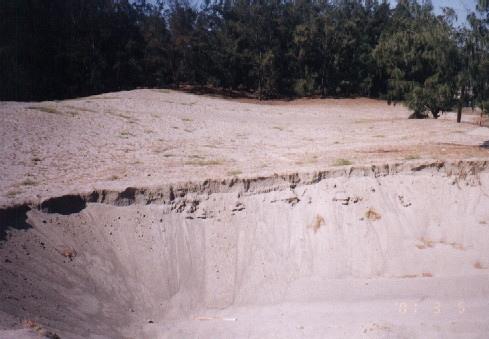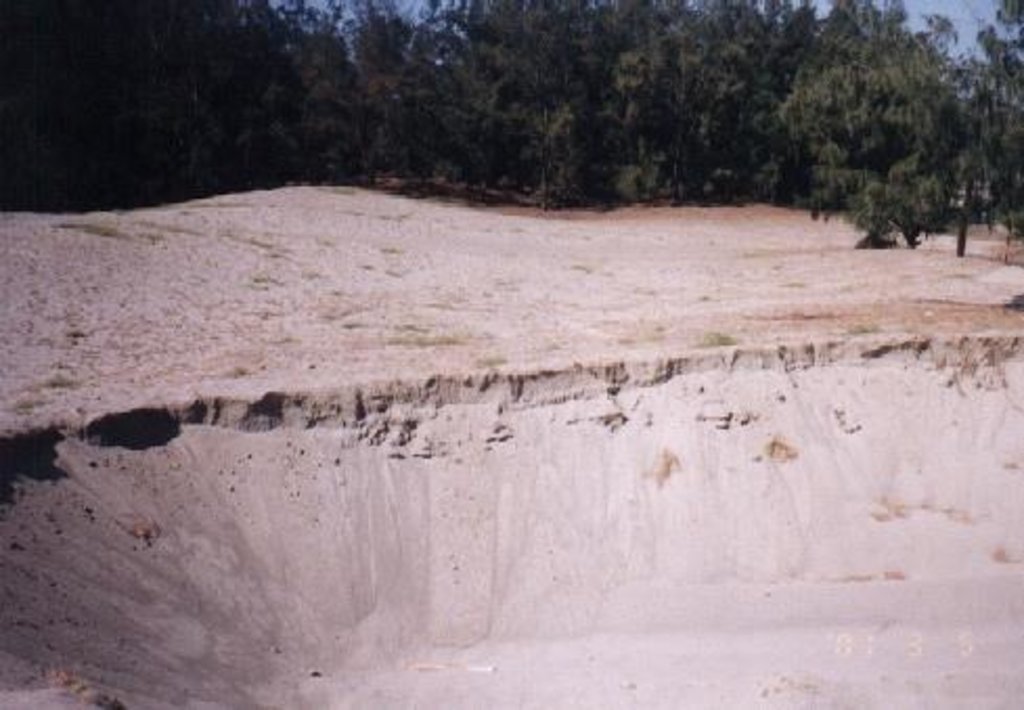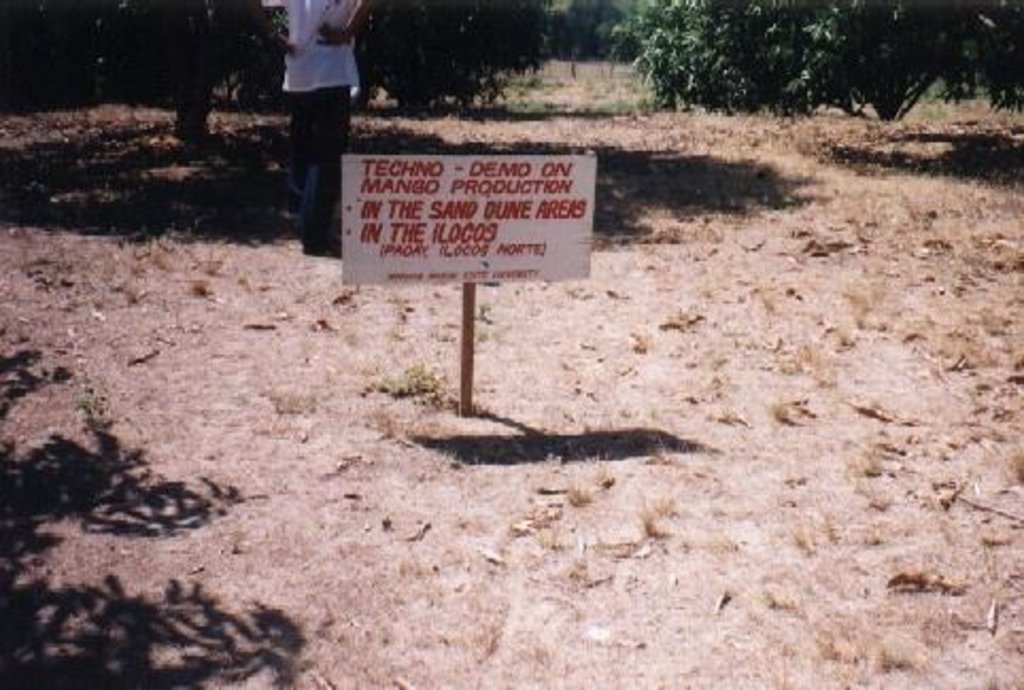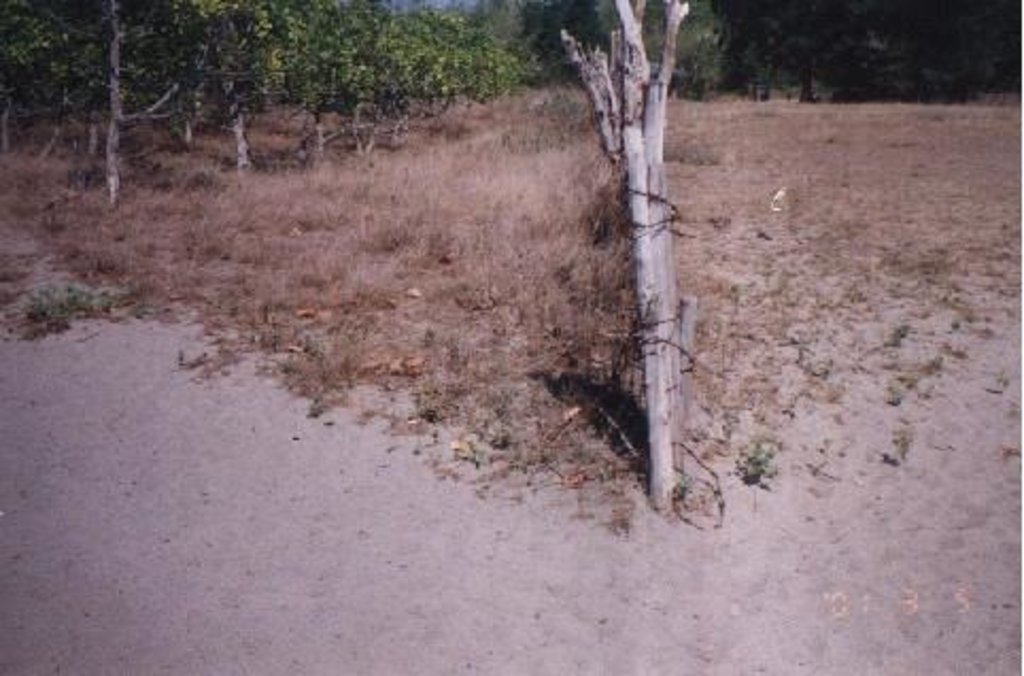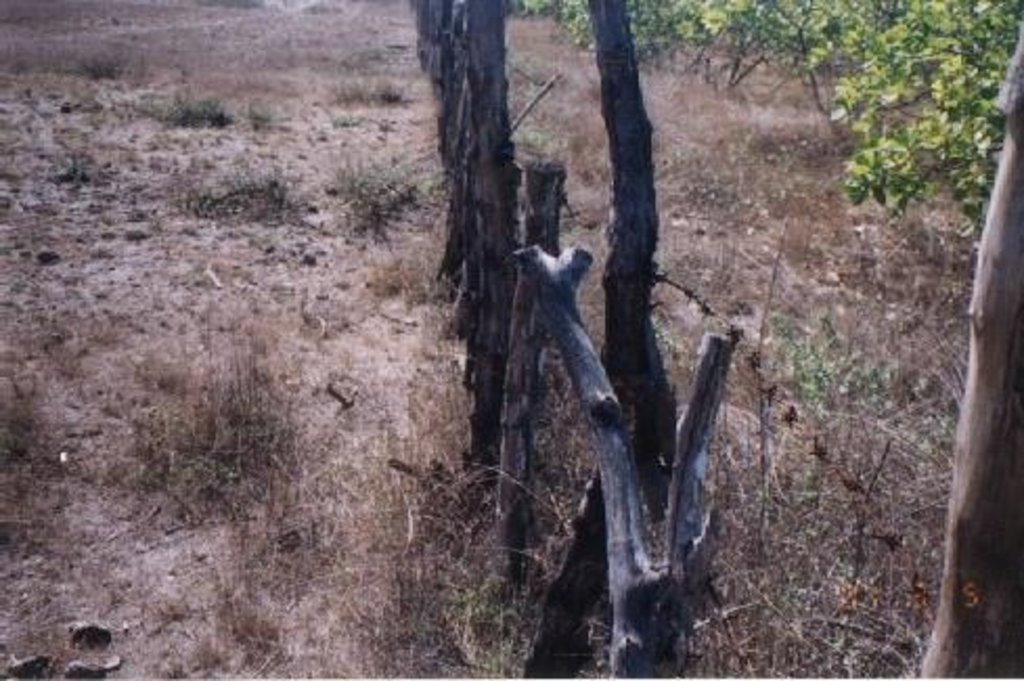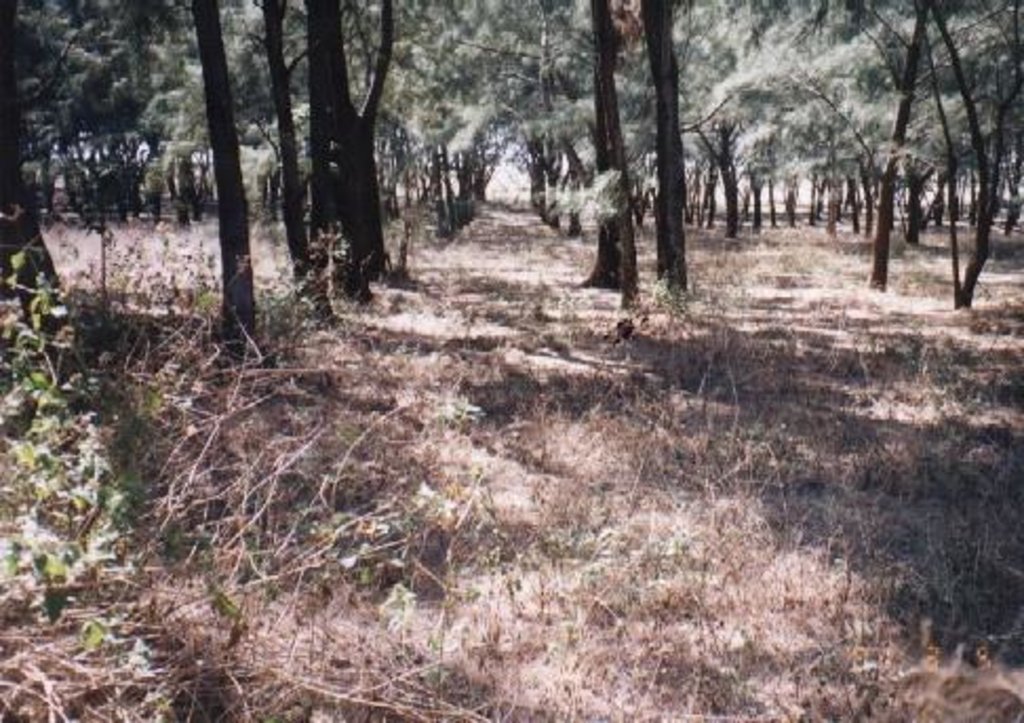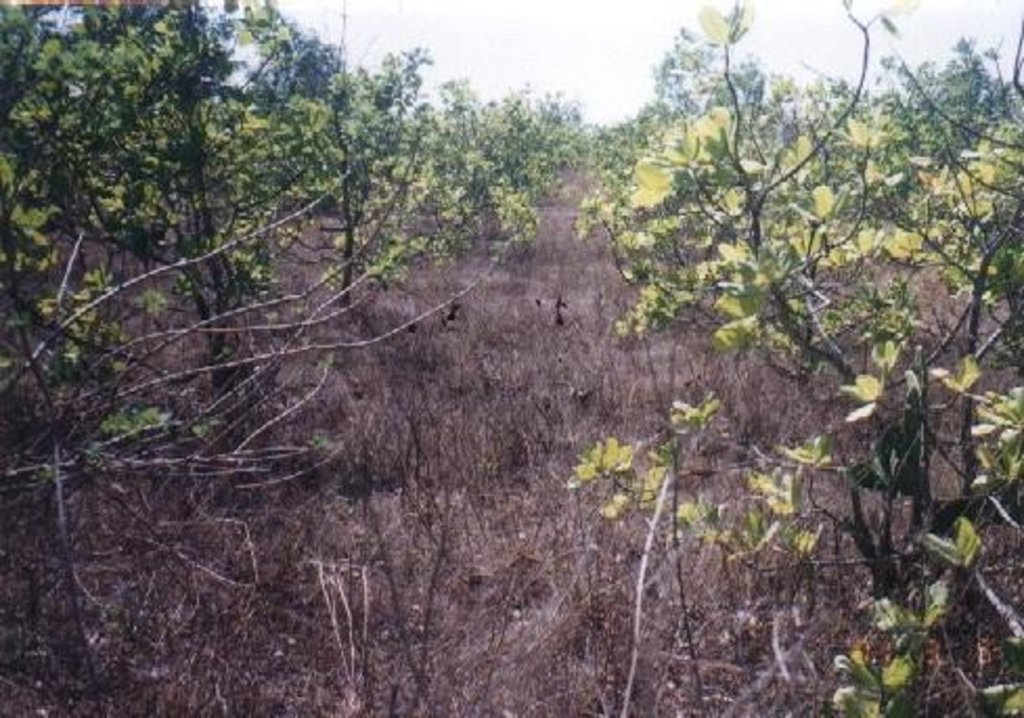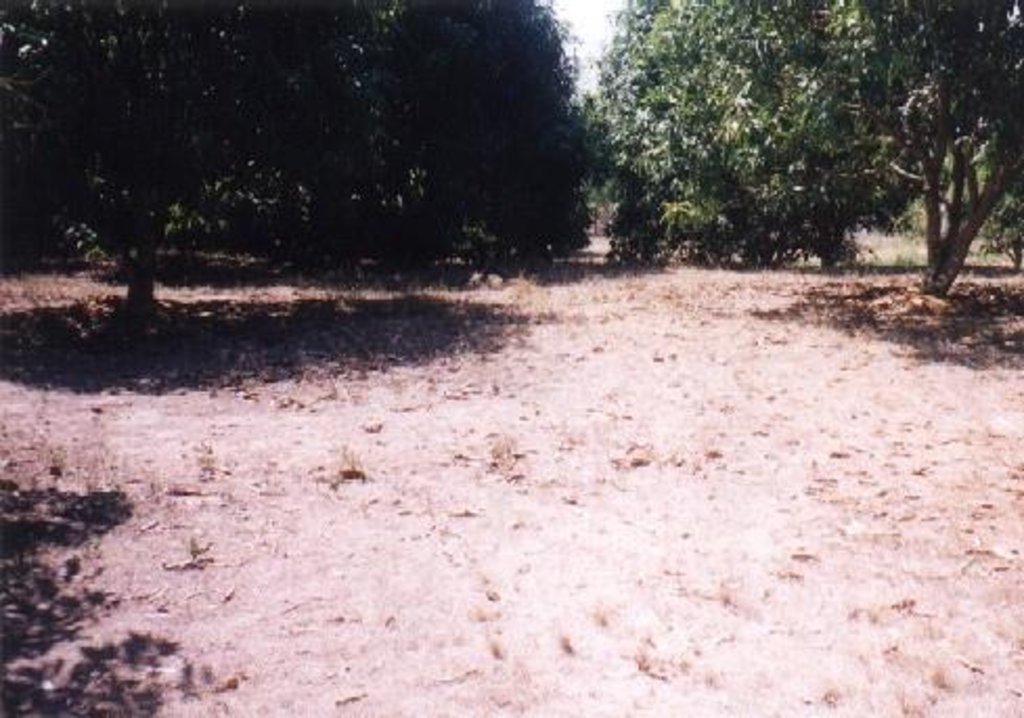Vegetative Approach in Controlling Wind and Water Erosion in Sand Dune Areas [Philippines]
- Creation:
- Update:
- Compiler: Philippine Overview of Conservation Approaches and Technologies
- Editor: –
- Reviewer: Deborah Niggli
approaches_1954 - Philippines
View sections
Expand all Collapse all1. General information
1.2 Contact details of resource persons and institutions involved in the assessment and documentation of the Approach
Key resource person(s)
SLM specialist:
Rondal Jose
632- 923-04-59
jrondal@info.com.ph
Bureau of Soils and Water Management
Elliptical Road, Diliman, Quezon City, Philippines
Philippines
Name of project which facilitated the documentation/ evaluation of the Approach (if relevant)
Decision Support for Mainstreaming and Scaling out Sustainable Land Management (GEF-FAO / DS-SLM)1.3 Conditions regarding the use of data documented through WOCAT
When were the data compiled (in the field)?
16/01/2009
The compiler and key resource person(s) accept the conditions regarding the use of data documented through WOCAT:
Ja
2. Description of the SLM Approach
2.1 Short description of the Approach
Using vegetative approach to stabilize sand dune areas along the coast.
2.2 Detailed description of the Approach
Detailed description of the Approach:
The approach uses forest species like Casuarina equisetifolia and lately Acacia auricoliformis to stabilize the sand dunes which is constantly being eroded by wind and water. Grasses are also allowed to be stabilized by fencing. Fruit trees are becoming more important component of the approach. Mango and cashew can be raised successfully by employing special soil treatment and provision of adequate water supply during the long dry season which lasts for about seven (7) months. The approach is implemented by various sectors. Afforestation is taken care by the Department of Environment and Natural Resources (DENR) and the Local Government Unit (LGU). The establishment of fruit tree plantation was pioneered by the Mariano Marcos State University (MMSU). The university established Techno-Demo Farms using mango and cashew as test crops. These species are well adopted to dry condition. Cashew is well known to strive under conditions of severe water stress and low nutrient supply. The establishment of orchard was successful using a technique called 'resoiling'. A hole of about 1 x 1 x 1 meter is dug in the sand and natural soil and organic fertilizer is put into it. This will provide better anchorage for the crop and will also supply the needed nutrients and moisture during the early stage. Because the demonstration trial was a success, farmers in the locality adopted the approach. It is capital intensive, however, which is a limitation for farmers short of financial resources. Gliricidia planting is also an important conmponent. It thrives well in droughty and fertile-poor soil. Gliricidia is used as fuelwood.
2.3 Photos of the Approach
2.5 Country/ region/ locations where the Approach has been applied
Country:
Philippines
Region/ State/ Province:
Ilocos Norte
Map
×2.6 Dates of initiation and termination of the Approach
Indicate year of initiation:
1970
2.7 Type of Approach
- traditional/ indigenous
2.8 Main aims/ objectives of the Approach
1) Stabilizatin of highly erodible sand dunes. 2) Make the sand dune areas productive for forest and various fruit tree species.
2.9 Conditions enabling or hindering implementation of the Technology/ Technologies applied under the Approach
availability/ access to financial resources and services
- enabling
financial assistance and government to undertake afforestation and subsequent maintenance
knowledge about SLM, access to technical support
- enabling
resoiling, frequent fertilization, irrigation and planting of drought resistant crops
3. Participation and roles of stakeholders involved
3.1 Stakeholders involved in the Approach and their roles
- local land users/ local communities
Working land users were mainly men (Individually for farmers owning the land; groups for government land)
3.2 Involvement of local land users/ local communities in the different phases of the Approach
| Involvement of local land users/ local communities | Specify who was involved and describe activities | |
|---|---|---|
| initiation/ motivation | interactive | Mainly: Personal Contact; partly: public meetings; For commercial tree crop production; initiation is more on a personal contact with individual farmers |
| planning | interactive | Mainly: personal contact; partly: public meetings; Private land-users made land use plans through personal contact with technologists. |
| implementation | interactive | Casual labor was employed during planting |
| monitoring/ evaluation | interactive | Mainly: measurements/observations; partly: reporting; Periodic observation was done regarding plant/crop performance |
| research | interactive | Demonstration trials were established on-farm |
3.4 Decision-making on the selection of SLM Technology/ Technologies
Specify who decided on the selection of the Technology/ Technologies to be implemented:
- mainly land users, supported by SLM specialists
Explain:
Extension. University staff campaigned for the approach
4. Technical support, capacity building, and knowledge management
4.1 Capacity building/ training
Was training provided to land users/ other stakeholders?
Ja
Specify who was trained:
- land users
- school children/students, extensionists/trainers
Form of training:
- personal communication
Comments:
Mainly in the form of personal communication with specialist
4.2 Advisory service
Do land users have access to an advisory service?
Ja
Describe/ comments:
Farming System Approach: Management/improvement of sand dune area and Adaptability testing.
4.3 Institution strengthening (organizational development)
Have institutions been established or strengthened through the Approach?
- yes, moderately
Specify the level(s) at which institutions have been strengthened or established:
- local
Specify type of support:
- capacity building/ training
- technology generation
4.4 Monitoring and evaluation
Is monitoring and evaluation part of the Approach?
Nee
4.5 Research
Was research part of the Approach?
Ja
Specify topics:
- technology
Give further details and indicate who did the research:
Research on the productivity improvement of sand dunes was focused on crop adaptability, nutrition and water management.
5. Financing and external material support
5.1 Annual budget for the SLM component of the Approach
If precise annual budget is not known, indicate range:
- 2,000-10,000
Comments (e.g. main sources of funding/ major donors):
national government 50% and local community 50%
5.2 Financial/ material support provided to land users
Did land users receive financial/ material support for implementing the Technology/ Technologies?
Ja
5.3 Subsidies for specific inputs (including labour)
- agricultural
| Specify which inputs were subsidised | To which extent | Specify subsidies |
|---|---|---|
| seeds | ||
| fertilizers | ||
| seedlings | ||
If labour by land users was a substantial input, was it:
- voluntary
Comments:
Voluntariliy for private farms; paid in cash for afforestation activities.
5.4 Credit
Was credit provided under the Approach for SLM activities?
Nee
5.5 Other incentives or instruments
Were other incentives or instruments used to promote implementation of SLM Technologies?
Nee
6. Impact analysis and concluding statements
6.1 Impacts of the Approach
Did the Approach improve knowledge and capacities of land users to implement SLM?
- No
- Yes, little
- Yes, moderately
- Yes, greatly
Removing the sand in the planting hole and replacing it with fertilie soil
Did the Approach improve issues of land tenure/ user rights that hindered implementation of SLM Technologies?
- No
- Yes, little
- Yes, moderately
- Yes, greatly
Security of tenure is important in the practice of SWC
Did other land users / projects adopt the Approach?
- No
- Yes, little
- Yes, moderately
- Yes, greatly
Areas affected by the eruption of Mt. Pinatubo volcano in 1991 adapted the same principle of resoiling to grow high value tree crops.
6.3 Sustainability of Approach activities
Can the land users sustain what has been implemented through the Approach (without external support)?
- yes
6.4 Strengths/ advantages of the Approach
| Strengths/ advantages/ opportunities in the land user’s view |
|---|
| It makes idle land productive |
| Strengths/ advantages/ opportunities in the compiler’s or other key resource person’s view |
|---|
| It stabilizes unstable areas like sand dunes |
| It makes highly constrained area productive |
| It encourages resourcefulness |
| It encourages further research |
6.5 Weaknesses/ disadvantages of the Approach and ways of overcoming them
| Weaknesses/ disadvantages/ risks in the land user’s view | How can they be overcome? |
|---|---|
| Laborious | Sourcing of fill materials nearby to lessen hauling cost |
| Long gestation period for the crops | Good cultural management (fertilization, irrigation) |
| Lack of capital |
| Weaknesses/ disadvantages/ risks in the compiler’s or other key resource person’s view | How can they be overcome? |
|---|---|
| High plant mortality due to moisture stress | Improved water harvesting technique; putting up of irrigation system (e.g. drip irrigation) |
| Laborious especially during the 'resoiling' stage | Composting on-site. Look for source if 'fill materials' near the site. |
7. References and links
7.1 Methods/ sources of information
- field visits, field surveys
- interviews with land users
7.2 References to available publications
Title, author, year, ISBN:
2000 Annual Report
Available from where? Costs?
Mariano Marcos State University
Links and modules
Expand all Collapse allLinks
No links
Modules
No modules


